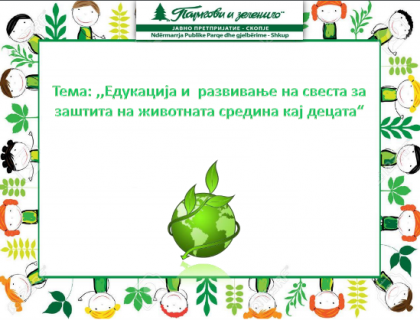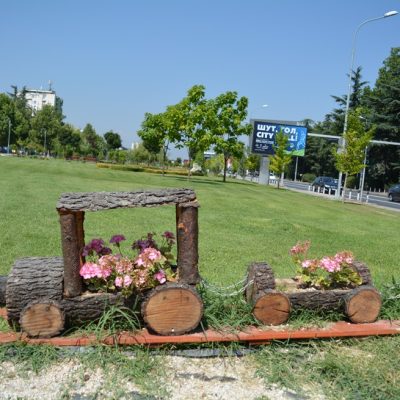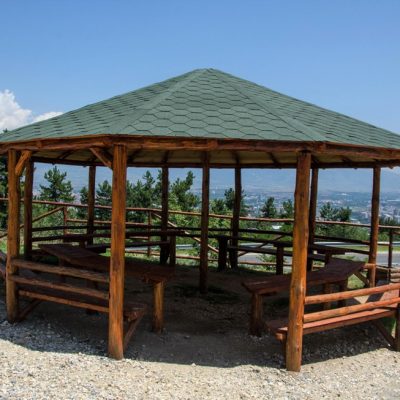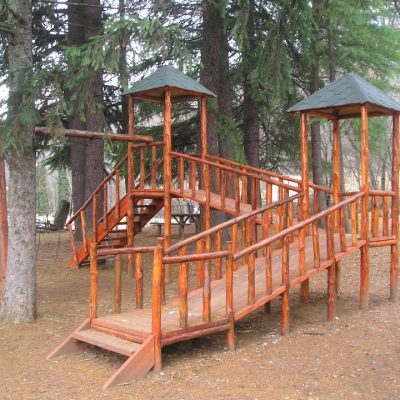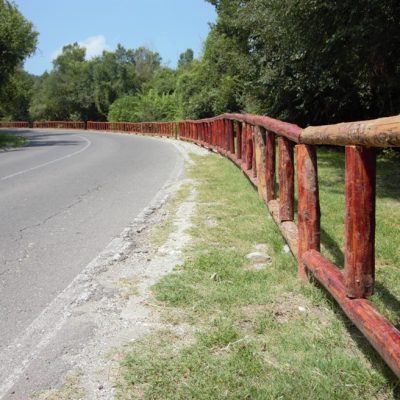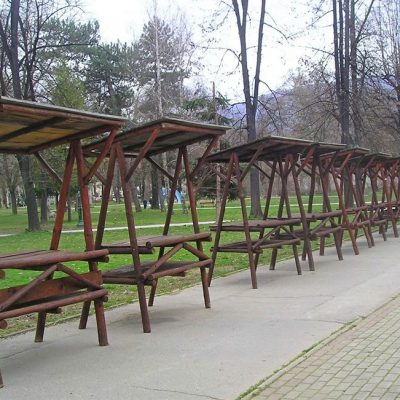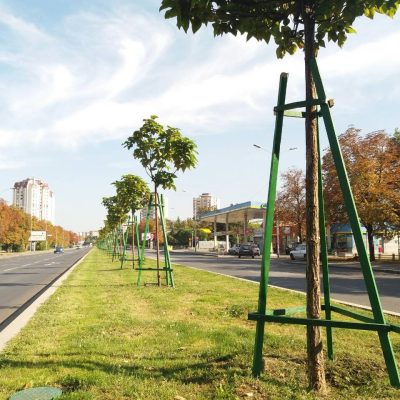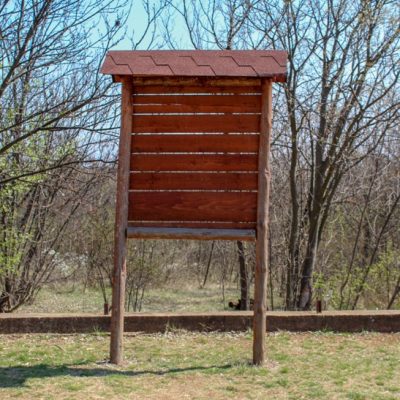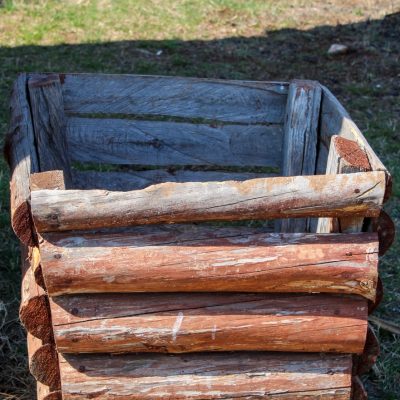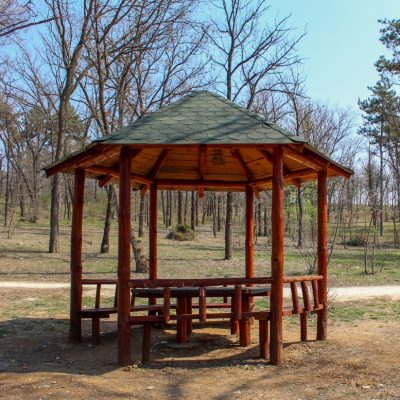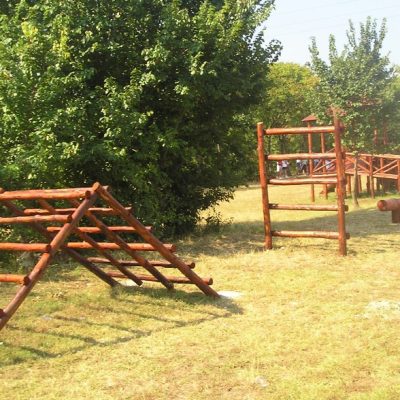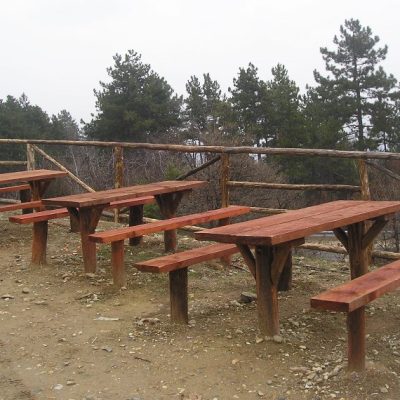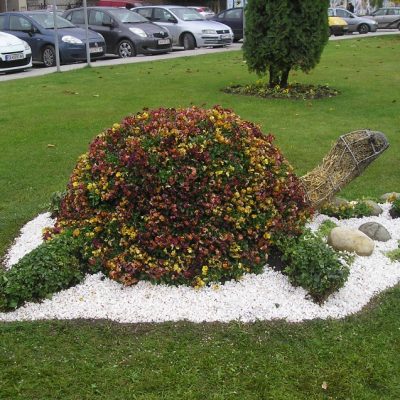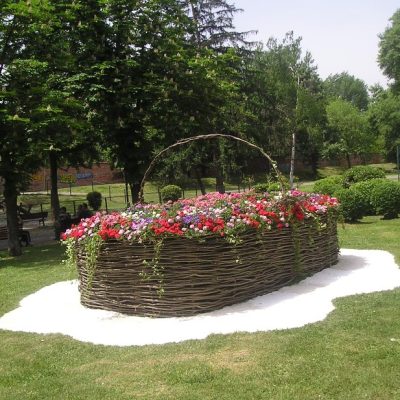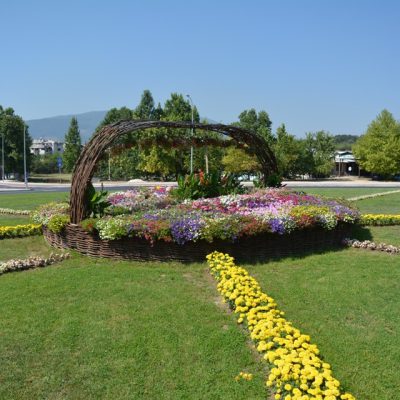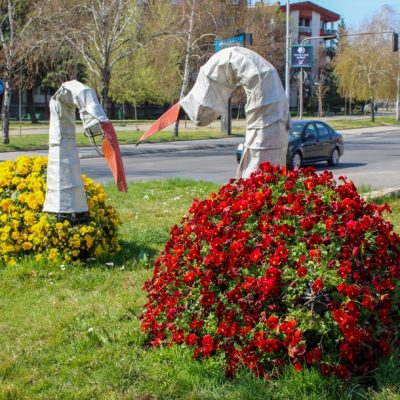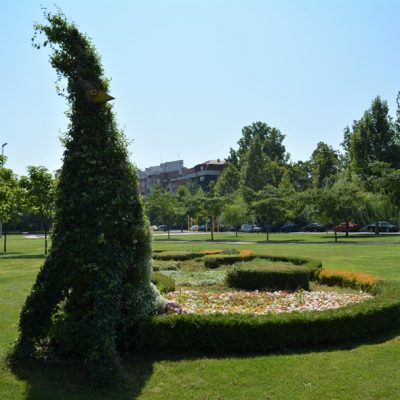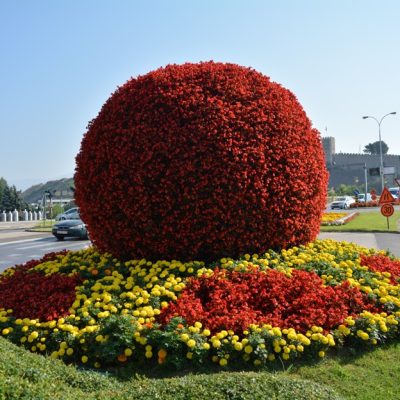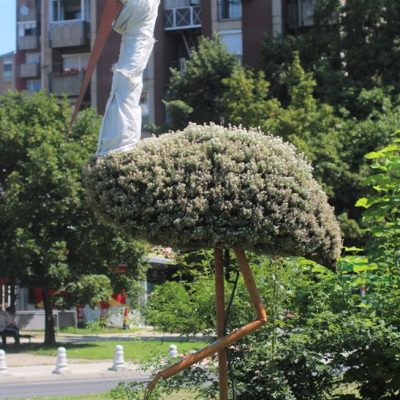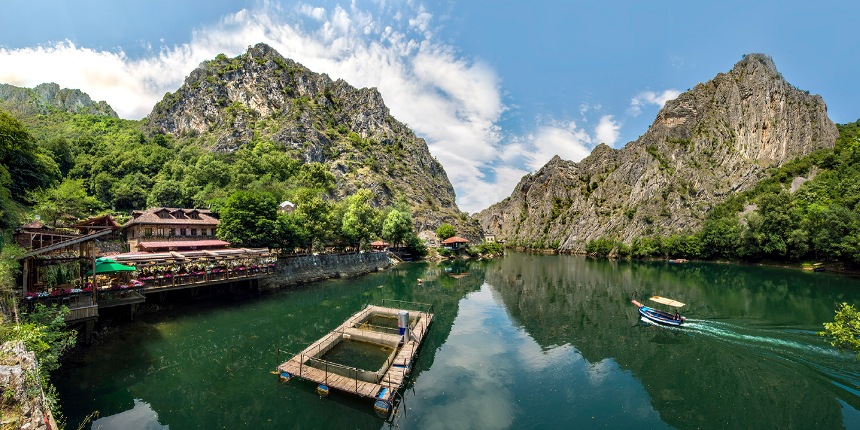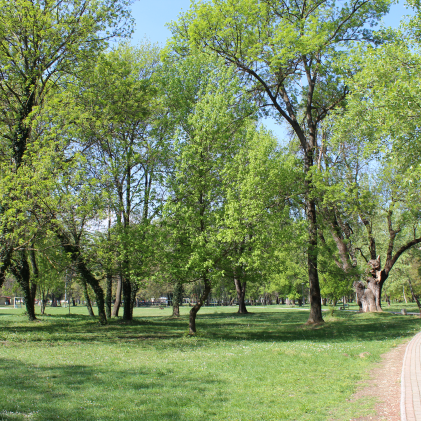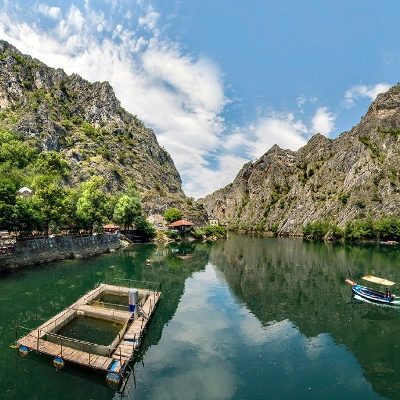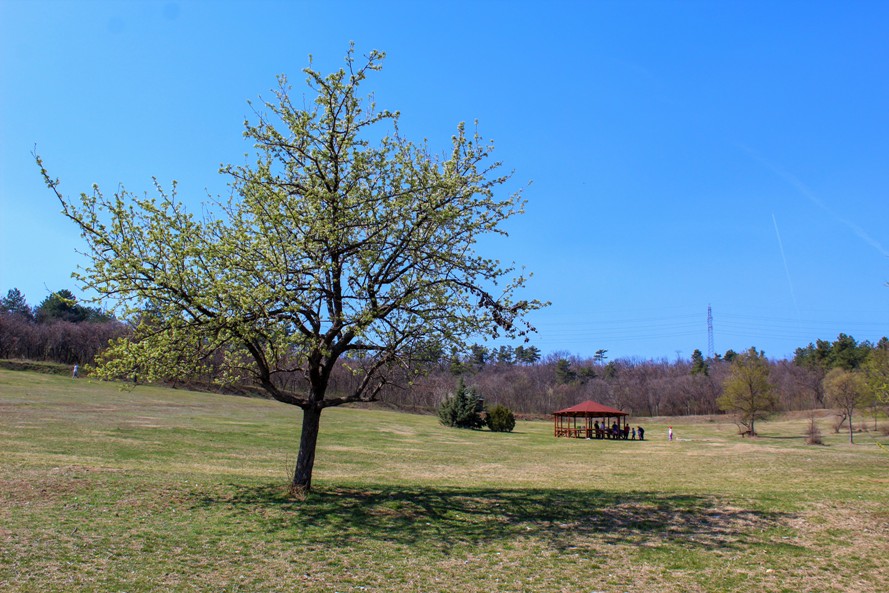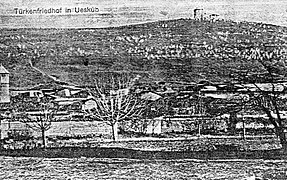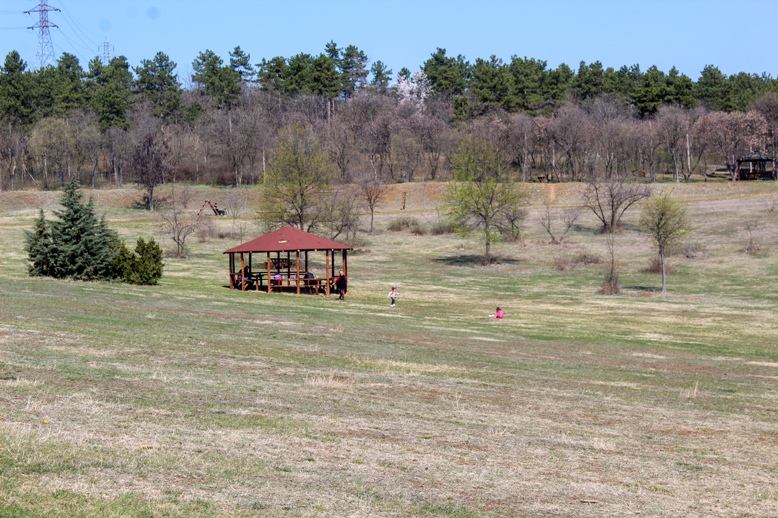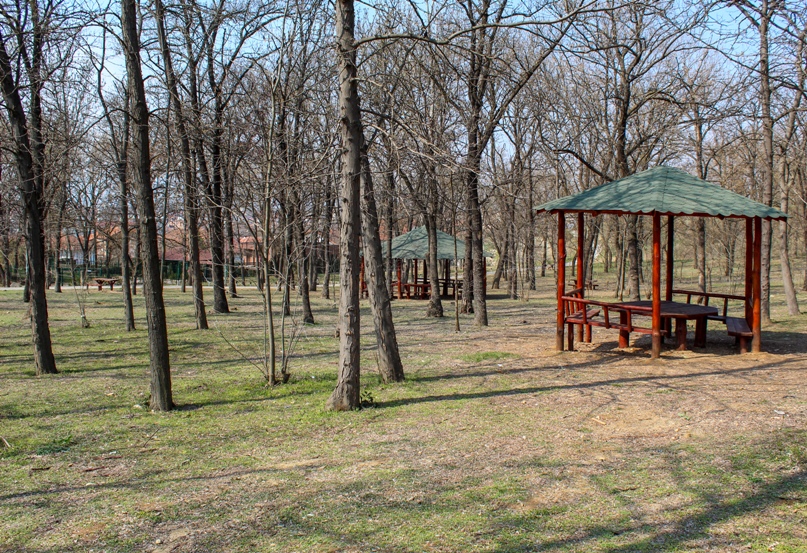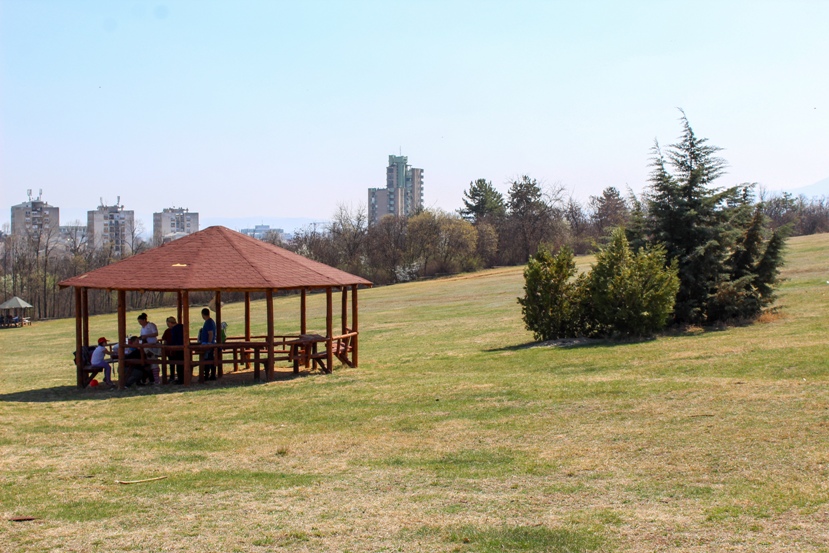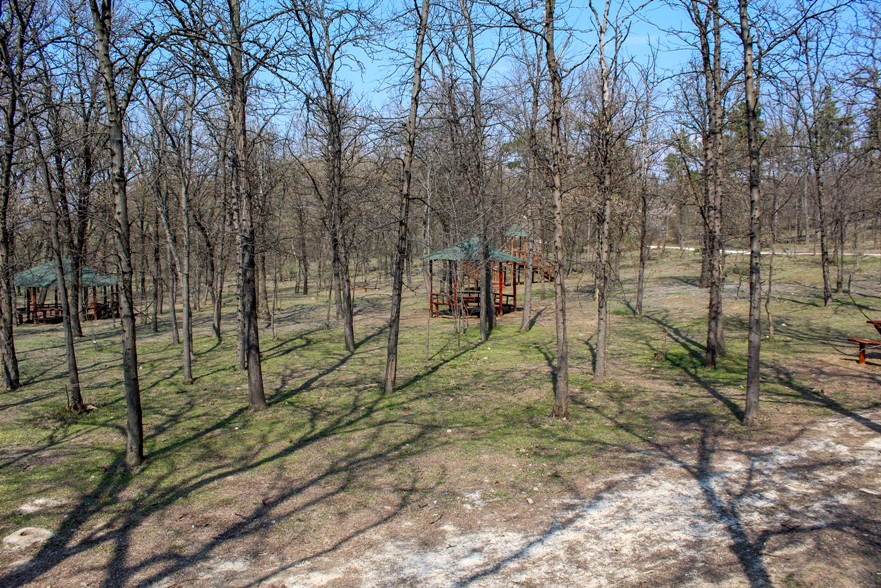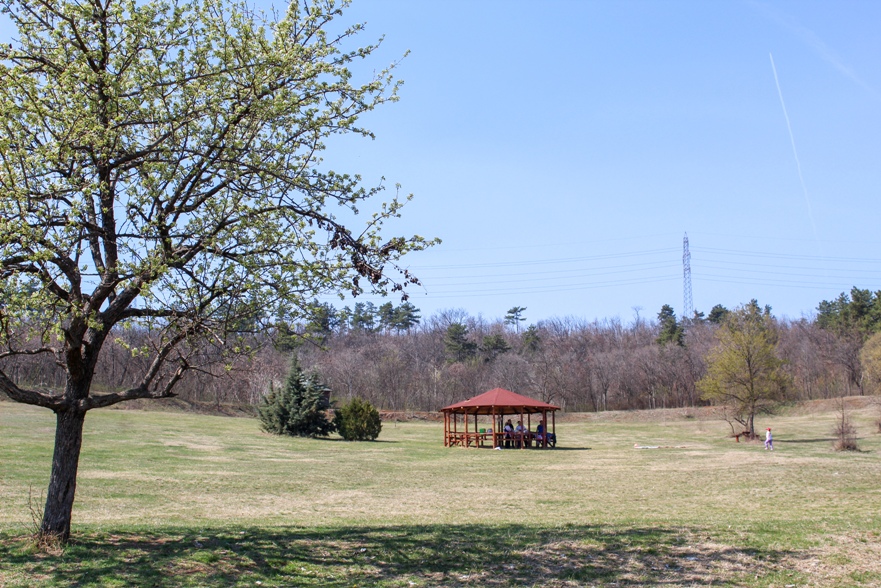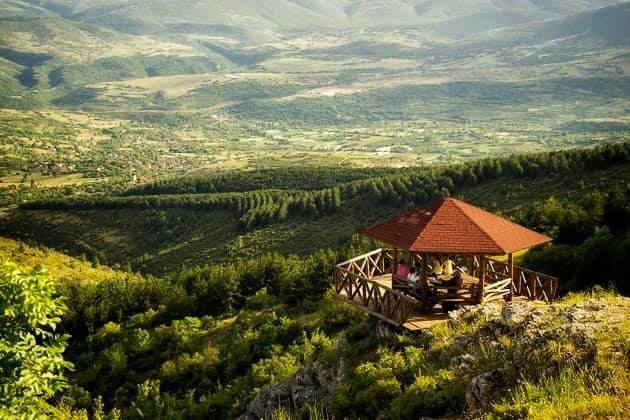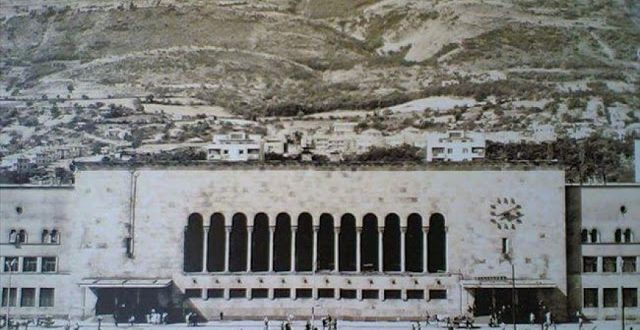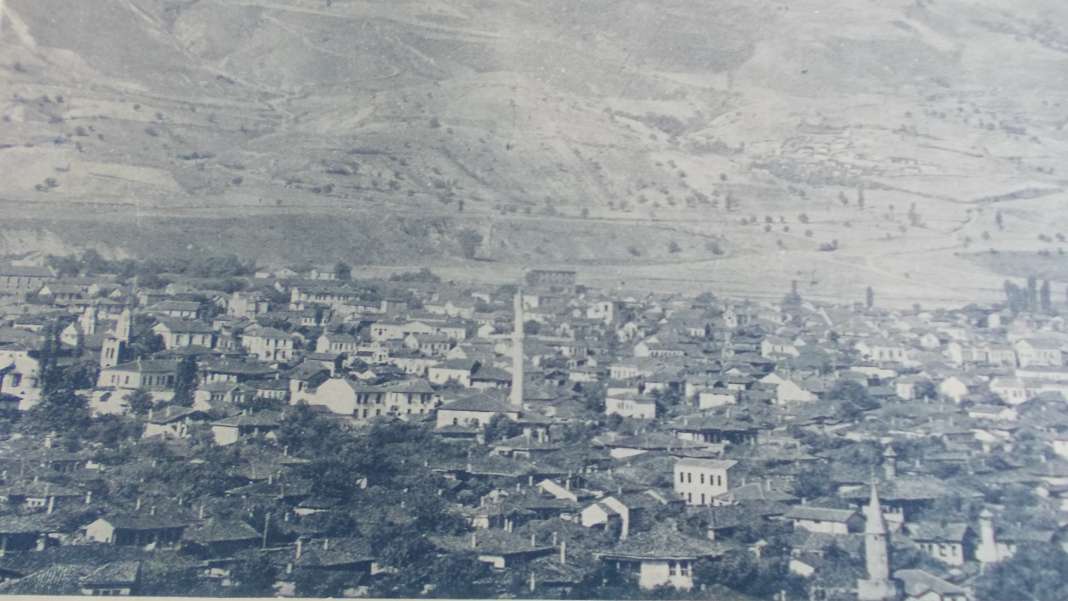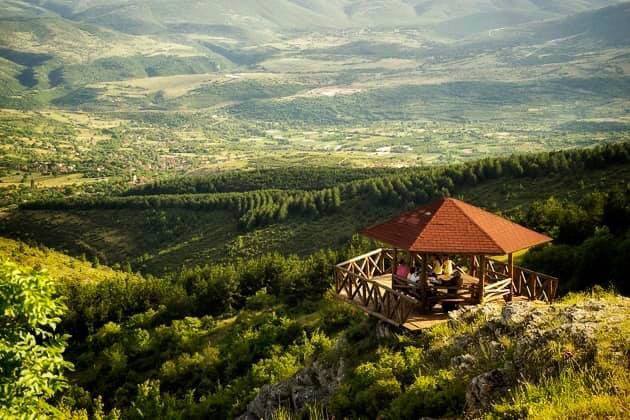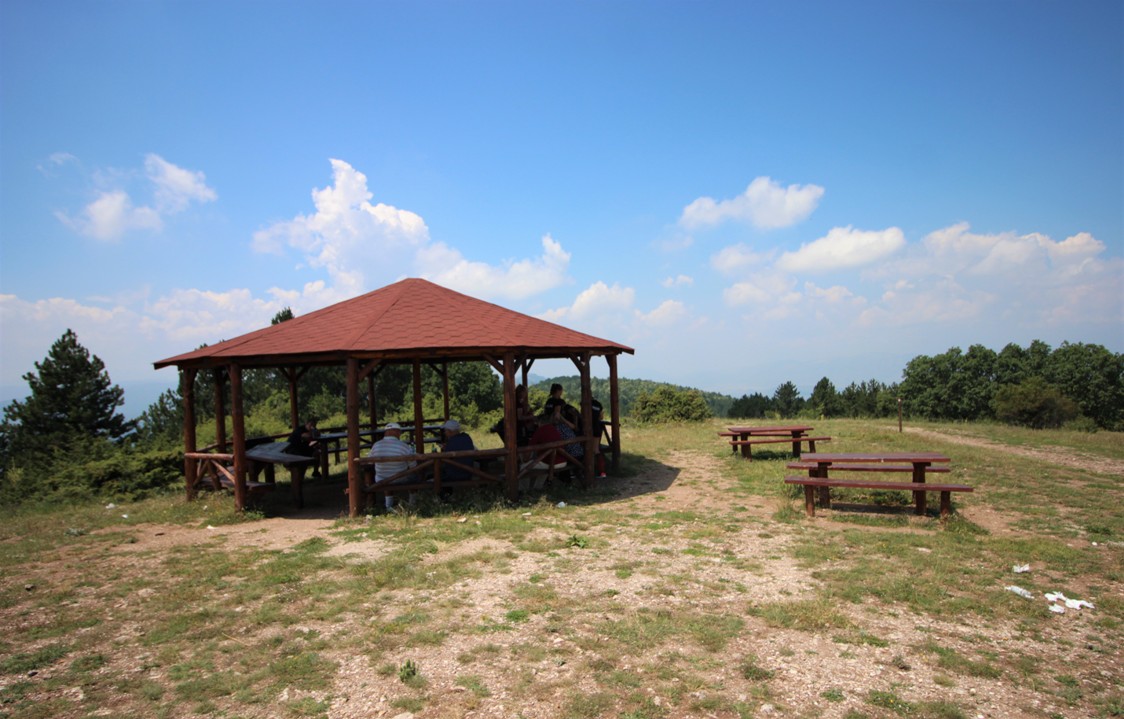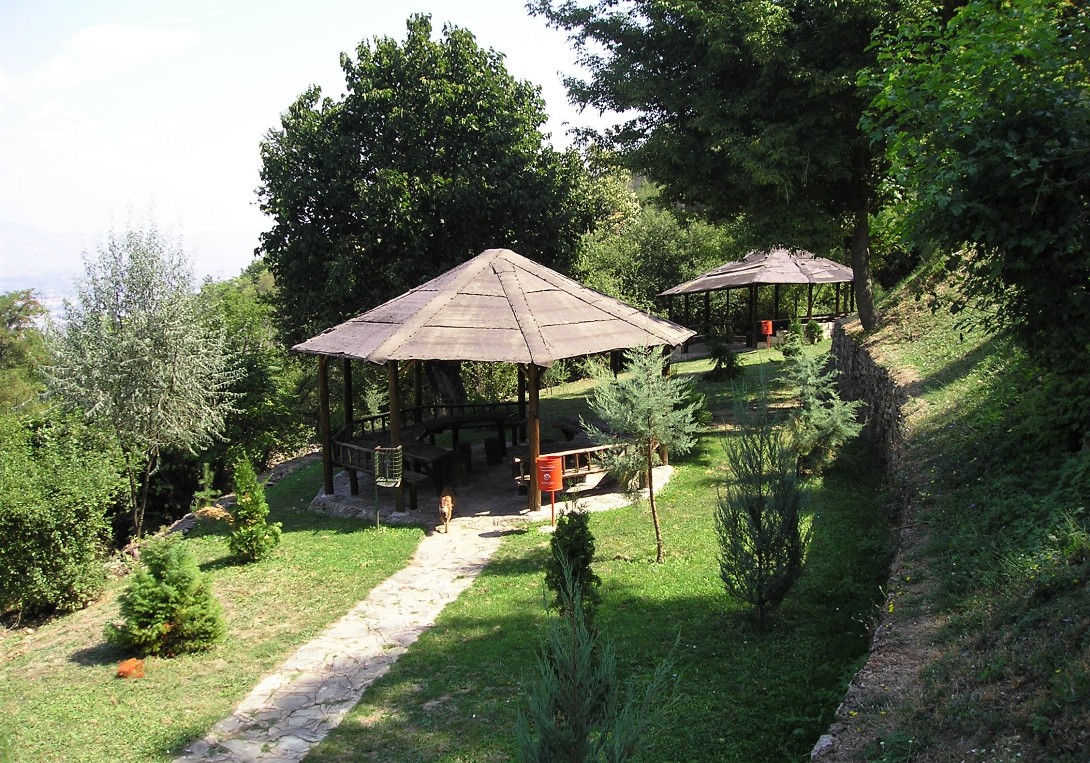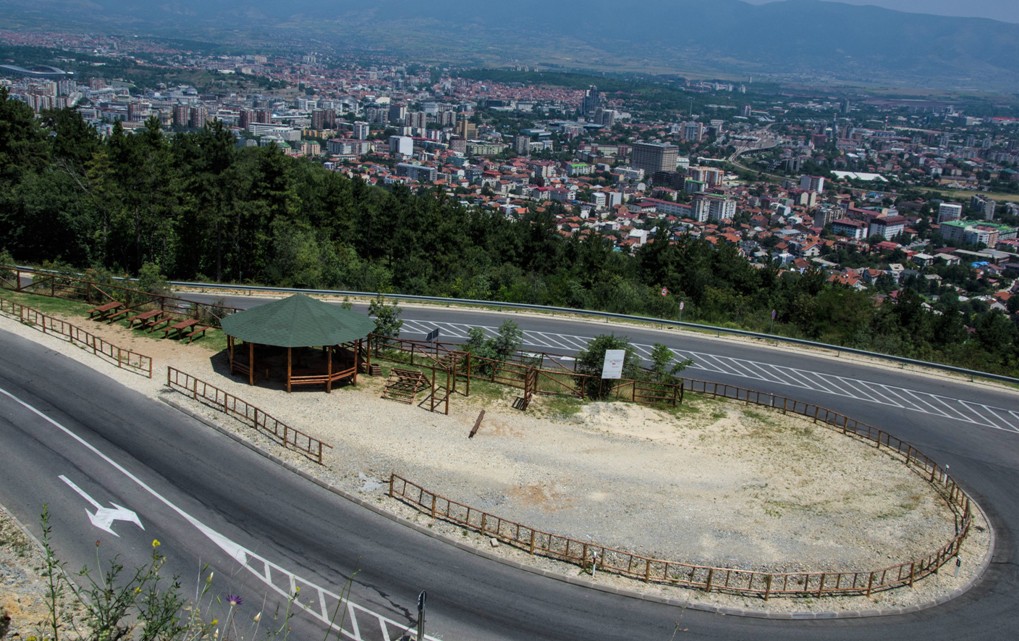HISTORICAL DATA
The Gazi Baba park is closely related to the formation and development of the city of Skopje which has a long history starting from the period before the new era till today.
Before the Balkan wars the city of Skopje was located at the left bank of the Vardar River. The hills of Kale and Gazi Baba were the main green and recreational areas.
Due to its natural-attractive, climate and vegetation characteristics, the Gazi Baba hill was planned to serve as public city greenery as well as a sporting and recreational spot in the city of Skopje.
The Gazi Baba locality i.e. the hill, has got its name after the name of the Ottoman kadi, scientist and poet from the 16th century Ashik Cheleby known among the people as kadi Gazi Baba.
In the past, the Gazi Baba hill was surrounded by the Serava valley to the west, the alluvial plain of the Vardar River to the south, and abrasive terraces that extend more than 300 meters above the sea level to the north-northeast.
LOCATION
The Gazi Baba nature park is located within a 3 km distance from the center of Skopje to the east. It is located among the residential district Zelezara to the east, the urban parts of the Cair settlement to the west, the northern parts of the Avtokomanda settlement and the residential parts of the Butel 2 settlement.
IMPORTANCE
It is an interesting natural area whose values have been recognized long ago. In the fifties of the 20th century, many activities were undertaken to create a green area of about 100 ha where many different tree species were introduced which improved the overall forest area. This happened in the period of intensive industrialization and urbanization of this area.
The construction of this green area contributed to the improvement of the environment quality. This area has been declared a protected area in accordance with the Law on protection of natural rarities to ensure its permanent preservation. The Council of the City of Skopje has made a decision to declare the locality of Gazi Baba a characteristic landscape. In March 2015 the Gazi Baba locality was reprotected with the Law declaring the locality Park forest Gazi Baba a Nature park.
Ninety five (95) ha out of the total park’s area (108 ha) is covered by small trees and tall trees. There are grasslands in the southeast at the foot of the hill of around 4.3 ha. In the northeast the grasslands cover an area of 3.6 ha and at the locality above the Faculty of Natural Sciences and Mathematics they cover around 2 ha. These grasslands used to be arable land in the past.
PE “Parks and Greenery” Skopje manages the forest and the security service.
RECREATIONAL AREA
There are many walking trails, viewpoints, benches and tables for recreation, rest and picnic in Gazi Baba Nature Park. They are situated near the park’s entrances and by the arranged paths. The earthen paths are overgrown with low vegetation and are not accompanied with recreational facilities. The grassland by the southern entrance of the park with an area of 4.300 m2 is a specially designed recreational area. This area is being maintained on a regular basis. There are information boards at the entrance and sporting facilities inside. There are excursion units with facilities for picnic and rest throughout the territory which are used by the visitors, mostly during the weekends. The trim trails are used by many sportsmen – both amateur and professional.
The Gazi Baba forest is a big green island in the urban tissue of Skopje. Such a big forest is rarely found in the middle of an urban area. The Gazi Baba forest is an unbreakable part of the city of Skopje. Its trees are older than 30-40 years and the forest has an immeasurable value for the city, due to its multipurpose function – air cleaning, soil protection, regulation of the water regime and improving of the micro climate. For all these reasons the Gazi Baba forest has a positive impact on the environment quality in Skopje.
VEGETATION
The Nature park Gazi Baba is a combination of autochthonous and allochthonous species. Tree species are dominant and most of them have been planted by afforestation. Most of the trees are between 30 and 40 years old.
The presence of different species of trees and shrubs has been studied on several occasions so far. In the recent studies 79 species of trees and shrubs were identified in the Gazi Baba forest.
The large number of plant species contributes to the creation of an interesting natural environment with a multifaceted significance. Besides the beautification of the area and the improvement of the microclimate and geological conditions, this area is interesting for sport activities and scientific research.
The afforestation of this area has largely contributed to its coverage with various types of trees and shrubs which differ in their ecological characteristics. Such a big number of species on a small surface of about 100 ha create an interesting and valuable natural area. However, there is a big disproportion in the presence of tree species, so that some of them are found individually, some in groups and some in established forest plantations. The most common and most recognizable are the plantations of black pine, acacia and American ash tree.
The following species have been planted in small and large groups in several locations:
Tree of heaven – it is native to Eastern Asia and has strong regenerative properties;
Koelreuteria – it is native to Eastern Asia and is invasive on the terrain of the Nature Park Gazi Baba;
Honey locust – it is native to North America and is commonly cultivated as a park tree;
Maclura – it is native to North America and it is recognizable by its intensive green spherical fruits.
At different locations in the overgrown parts, many interesting autochthonous species can be found. They are pretty rare in Macedonian dendroflora today, but were numerous and present in large areas in the past. Due to the decrease in their number, it is very important to breed and protect those rare species. Such are the Polish elm, the nettle tree and the wild pear. There are only few trees of the Polish elm in the Gazi Baba Nature Park, but they are very important because they belong to an endangered autochthonous species. It should be taken special care of this species in order for them to be preserved. The nettle tree is an autochthonous species with great thermophilicity, drought-resistant and photophilic. It is a beautiful decorative tree, resistant to air pollution, but insufficiently cultivated due to its slow growth.
FLORA
According to the data from the floristic literature and unfortunately the superficial field research, today we can name 141 plant species that belong to 31 families in the Gazi Baba nature park. However, it is estimated that their number is probably bigger. Although incomplete, this data prove that even here where there is a maximum impact of the man over nature, various interesting autochthonous plant species have been preserved.
